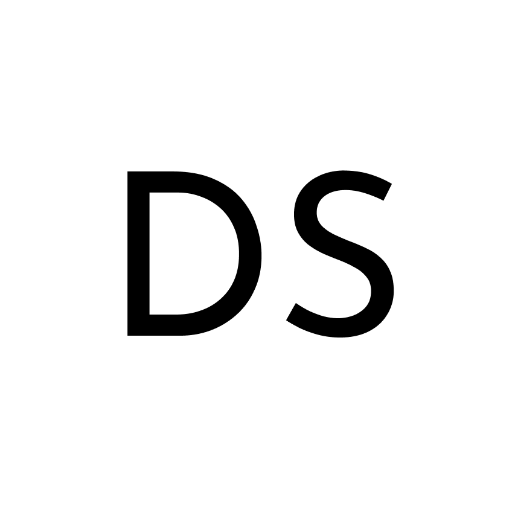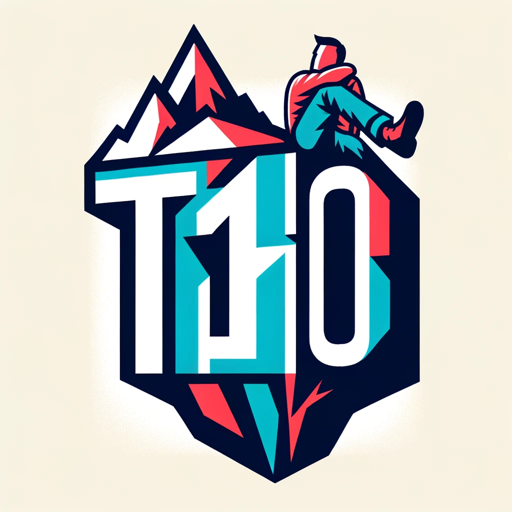Design Assistant-UX design problem solver
AI-powered solutions for UX design challenges
How can I improve this user flow?
Can you help me create a persona for my app?
What's a good user journey for an e-commerce site?
I need ideas for a user-friendly interface.
Suggest some great features for this app
What are the pain points?
Related Tools
Load More
Designer's Assistant
Focus on graphic design and output high-resolution healing illustrations.

Designer GPT
A creative assistant for designing social media content.

Art Director
Guides visual advertising campaigns from concept to execution, leveraging design skills and marketing knowledge.
UX/UI Design Assistant
Creates engaging UX for apps and websites with innovative ideas.

Design System GPT
Assisting in design systems, focusing on tokens and Figma integration.

Web Designer - Design Mate
"Designing Digital Excellence: Your Web Designer - Design Mate" - I'm a Web Designer here to help with your website's visual design and layout.
20.0 / 5 (200 votes)
Introduction to Design Assistant
Design Assistant is a specialized tool focused on solving pain points and user problems in UX design. It aims to assist designers in identifying and addressing user issues, optimizing UX flows, creating personas, and mapping out user journeys. The purpose is to offer creative, practical advice and solutions to overcome specific user challenges, considering the latest trends and best practices in UX design. For example, in a scenario where a company is struggling with user retention on their app, Design Assistant can analyze user feedback, suggest improvements to the onboarding process, and recommend design changes to enhance user engagement.

Main Functions of Design Assistant
Identifying and Addressing User Issues
Example
Analyzing user feedback and behavior to pinpoint common pain points in an application.
Scenario
A mobile app developer notices a drop in user engagement. Design Assistant analyzes user feedback and usage data, identifying that users find the navigation confusing. It suggests a simplified menu structure and more intuitive navigation elements, resulting in improved user engagement.
Optimizing UX Flows
Example
Streamlining the user journey from onboarding to regular use.
Scenario
An e-commerce site experiences high cart abandonment rates. Design Assistant reviews the checkout process, identifies friction points like complicated form fields, and recommends a one-click checkout option. Implementing these suggestions leads to a decrease in cart abandonment and an increase in completed purchases.
Creating Personas
Example
Developing detailed user personas to better understand target audiences.
Scenario
A startup wants to launch a new fitness app but lacks clear insights into their target users. Design Assistant helps create personas based on market research, identifying key demographics and user motivations. These personas guide the design and marketing strategy, ensuring the app meets user needs and expectations.
Mapping Out User Journeys
Example
Visualizing user interactions with a product to identify improvement opportunities.
Scenario
A bank introduces a new online banking feature but receives mixed feedback. Design Assistant maps out the user journey, highlighting areas where users struggle, such as security verifications and transaction confirmations. It suggests redesigning these touchpoints to be more user-friendly, improving overall satisfaction.
Ideal Users of Design Assistant
UX/UI Designers
Design Assistant is invaluable for UX/UI designers who need to ensure their designs meet user needs effectively. By leveraging its capabilities, designers can identify pain points, optimize user flows, create personas, and map out user journeys, resulting in more intuitive and user-friendly designs.
Product Managers
Product managers benefit from using Design Assistant to align product features with user expectations. It helps them understand user behaviors and preferences, ensuring that the product development process is user-centric and geared towards enhancing user satisfaction and retention.
Startups and Entrepreneurs
Startups and entrepreneurs can use Design Assistant to gain deep insights into their target market. It helps them create user personas and design user journeys that resonate with their audience, providing a strong foundation for product development and marketing strategies.
Businesses Seeking Digital Transformation
Businesses aiming to undergo digital transformation can leverage Design Assistant to improve their existing digital products or create new ones. It assists in identifying areas for improvement and ensuring that digital solutions are designed with a user-first approach, leading to higher adoption rates and customer satisfaction.

Guidelines for Using Design Assistant
1
Visit aichatonline.org for a free trial without login, also no need for ChatGPT Plus.
2
Familiarize yourself with the interface and available tools, ensuring you understand how to navigate the platform effectively.
3
Identify your specific UX design needs, such as user journey mapping, persona creation, or usability optimization, to make your queries more targeted.
4
Engage with Design Assistant by asking detailed questions or seeking advice on particular UX challenges. Utilize its insights to refine your design strategies.
5
Review the suggestions and implement the recommended changes into your design process, continuously iterating based on feedback from Design Assistant.
Try other advanced and practical GPTs
古文通
Unlock the wisdom of ancient texts with AI.

SQL Sage
AI-powered insights for PostgreSQL excellence.

Best 10 GPT 2024 Finder (Hand-Picked Top 10 List)
Unlock AI-powered top GPTs tailored to your needs.

Nostradamus
Unleash creative futures with AI

Father Madoc - Your guide through the Occult
Unlock occult secrets with AI-powered guidance.

Article and Blog Rewriter GPT
AI-powered rewriting for superior content.

Medical Coding and Documentation
AI-Powered Precision in Medical Documentation

AI for Medical Imaging GPT
AI-driven solutions for medical imaging challenges.

SimpleOnGPT4
AI-Powered SEO and Content Guidance

iOS App Creation Assistant
AI-powered iOS Development Guidance

42master-Beck
AI-Powered Insights for Every Task

Wine guide
AI-powered wine pricing and insights

- User Research
- Usability Testing
- UX Design
- Persona Creation
- Journey Mapping
Detailed Q&A About Design Assistant
What is Design Assistant?
Design Assistant is a specialized GPT focused on solving pain points and user problems in UX design. It helps in identifying and addressing user issues, optimizing UX flows, creating personas, and mapping out user journeys.
How can Design Assistant improve my UX design process?
Design Assistant provides practical advice and creative solutions to overcome specific user challenges. It helps you optimize user experiences by offering insights on best practices, user needs, and effective problem-solving techniques.
What are the common use cases for Design Assistant?
Common use cases include creating user personas, mapping user journeys, optimizing UX flows, addressing specific user pain points, and staying updated with the latest UX design trends and best practices.
Do I need any special software or subscriptions to use Design Assistant?
No, you only need to visit aichatonline.org for a free trial without login, and there is no need for ChatGPT Plus or any other special software.
Can Design Assistant help with user testing and feedback analysis?
Yes, Design Assistant can offer strategies for conducting user testing, analyzing feedback, and iterating designs based on user insights to enhance the overall user experience.